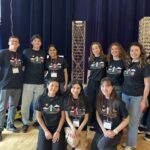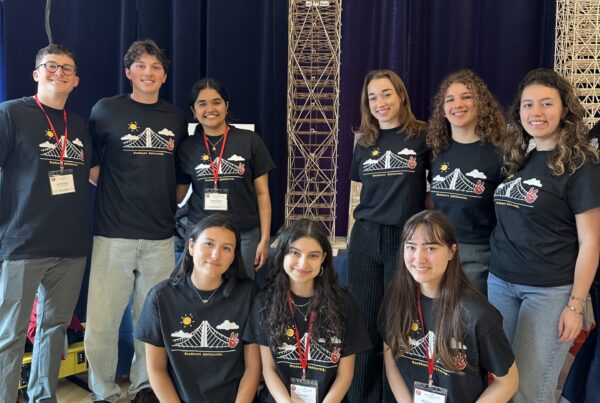As generative AI becomes increasingly integrated into daily life, learning how to use it effectively has become essential. I didn’t truly become aware of AI until my freshman year of college and even then, I wasn’t sure how to approach it. The common perception at the time was that AI could simply do your work for you. While that’s true in some cases, I found it far more valuable as a learning companion, where I could use it as a tool to ask questions and get a nudge in the right direction. Now, as a junior, I want to reflect on how I’ve used AI and share a few ways it can enhance your learning rather than replace it.
In my writing classes, I’ve found that AI can be very useful in the initial outlining process. While I set aside time to develop my own flow for the essay along with the main points I want to touch on, I also consult AI for ideas on organization of my ideas. It can be difficult to gauge if an idea is worthy of a whole paragraph or if instead, that idea would better work to supplement another paragraph as a smaller point. Beyond my outline and initial rough draft, AI helps me determine whether or not my paper is as focused as it could be. It’s great at giving constructive feedback if it understands a general rubric for the paper along with your goal for the focus. Overall, AI supplements me as a writer by making sure I put emphasis on my strongest points and keep that same pointed focus throughout my writing.
Within my engineering classes, I like using AI for exam prep. When reviewing past exams and working through them, sometimes I get stuck and don’t understand where to go next. Consulting the answer key, I see the solution but don’t necessarily understand the thought process behind that path. The majority of engineering is truly about understanding how to approach a problem and to apply the necessary methods and knowledge to solve that problem. So, when I get stuck in this way, I consult AI with an image of the solution and ask how they got there. I also try to follow up the AI’s explanation with my own, putting my understanding in my own words and asking if they’re equivalent. This can be a great studying method when professors or TAs aren’t necessarily available for help (when I’m studying into the early hours of the morning), but definitely isn’t a replacement. I feel like I’ve bridged my understanding the best when I was sitting in office hours interacting with the professor directly.
Overall, as an engineering student, the appeal of AI is definitely there. However, it is becoming increasingly important that we view it as a tool, not a crutch. With that disclaimer, it’s vital we can use it to an extent! As more industries integrate AI into their workflows, understanding how to use it effectively will become a necessary skill to have.
Fight on!
IMAGE CREDIT: Adobe Stock















